The community of Rockstone comprises some two hundred and twenty- five families, who depend mainly on farming and tourism for their income. While the village can be accessed via the Essequibo River from Bartica, the main route is through the town of Linden by one of several roads leading into the interior of Region 10; the journey takes forty-five to fifty minutes in good weather, and at least an hour in bad conditions. The roads are not paved, but are maintained by the mining companies and the Regional Democratic Council of Region 10 with funding from the Guyana government.
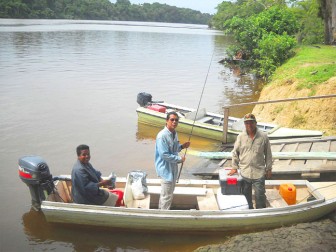
Anyone who arrives in the Rockstone area about sunrise or leaves at sundown can enjoy the sight of wild monkeys playing cat and mouse with domestic dogs, who run from one end of the main access road to the other.
The landing and the open green where the fish festival is held, are about one mile away from the heart of the community, and a toll is charged for access to them. This ranges from five hundred dollars for motor cycles to three thousand dollars for trucks, while adult pedestrians or bus passengers pay three hundred dollars each and children one hundred dollars. According to Head of the Community Council Rance Allicock the revenue generated is used for the maintenance of the landing access road.
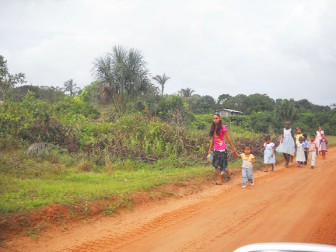
The community has a primary and a nursery school which together accommodate over sixty children. Residents said that there is a need for additional teachers to take care of the learning requirements of students. Most of their key institutions were built through self help, with funding from corporate citizens including Omai, while the Government of Guyana played a part in the construction of the buildings. SIMAP and Youth Challenge came in for high praise for assisting, especially in the case of the health centre and the teachers’ hostel.

Residents said that they regretted the exodus of residents in quest of a better education or even a respectable job. “If we could have a small secondary school and more teachers for the nursery and primary school, this community could do well in terms of development,” said one resident.
“We really need urgent help to have the health centre furnished with treatments for snake bites,” said another resident, who wanted to remain anonymous. She said that because of the geographic location and the farming activities it was necessary for them to have the kit. They also claimed that there is an increase of cases of typhoid among villagers.
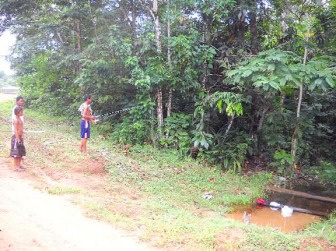
A pure water supply is non-existent in Rockstone. Residents depend on rain water for consumption purposes and water from the creeks for other domestic purposes. One would either have to be furnished with a generator or a solar panel if one wants electricity.
CC and CDC
The issue of a community divide has been raising its head among residents. “For years we lived here as one people happy and no problems; we just did our logging, fishing and farming day after day and when it comes to tourism we did our thing to make visitors feel welcome.” said a resident.
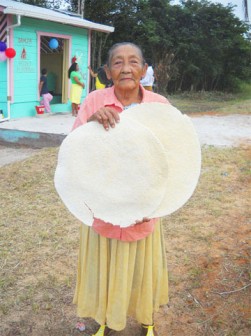
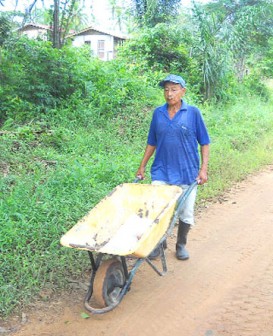
The community has a majority of Amerindians and a minority of Africans. It originally just had a Community Development Council (CDC), but in more recent times there has also come into being a Community Council (CC).

Addressing this issue Head of the CC Rance Allicock confirmed that currently the community is indeed divided by a CC catering to the Amerindians on the one hand, and a CDC headed by a Chairman on the other. He said that some time ago, the majority of the residents were in favour of the community being recognized as having communal ownership of land; however, for reasons unknown over the past two years there has been a
tug-of-war between the CDC and the CC.
He explained that the Ethnic Relations Commission had to visit the area in an effort to bring a resolution to the issue. “So here we like no place in this country where they got a CDC and a Village Council [Com-munity Council] in one single small community…
“We were once one people and I want to see us get back to that place, not divided as we are now; this is a very small place and we should live as one and work hard to develop this community. There is so much that we can do together to raise the standard of living for ourselves. I am pleading with my people for us to live as one.”
A member of the CDC declined to speak to this newspaper on the issue.
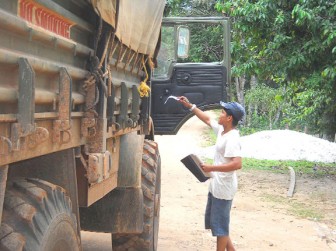
Despite the challenges being faced several projects were attempted through a number of initiatives, some of which succeeded and others not. One of the failures was the Rock-stone Farming Development Programme which was funded under the Guyana Micro Project Grant. An attempt was made as well to manage an aquarium fish pond, but it met with a number of challenges. However, according to residents they have not given up on this project and are now better educated as to how to handle it. They are currently seeking the necessary funding and partnership to revisit the project.
One of the most recent initiatives was the establishment of a fuel bond. Allicock said that the idea came from a discussion between President Bharrat Jagdeo and a Toshao. “He was asking the President to assist him with some fuel and the President asked him if they don’t get grant, and advised that he could open a bond to stock fuel.” The idea was shared with the members of the Rockstone community and recently the bond was opened there. The facility which stocks up to seven barrels of gasoline and diesel fuel was funded by a $750,000 grant from the President’s programme, and is intended to benefit residents as well as assist those who pass through periodically.
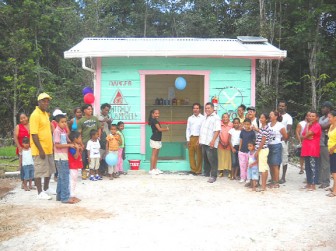
The supply of diesel and gasoline had previously always been a challenge for the residents of Rockstone, since the nearest gas station is located at Mackenzie Linden, and transporting fuel to the area was a very costly exercise.
In the near future another farming exercise is expected to start in the area. This would see residents and schoolchildren being taught the necessary skills of planting and growing hot peppers, tomatoes and nuts, among others. The project is expected to be facilitated by the Ministry of Agriculture. The establishment of a cassava mill facility is also on the table and is to be executed under the Low Carbon Development Strategy through the Community Council.
For men and women the activities of daily living are similar; women are equally involved in farming and fishing to generate income and feed the family. As a pastime, most youths prefer fishing as opposed to playing a ball game.
While in Rockstone, Stabroek News interacted with several persons who were either passing through en route to another interior location or just preparing for a day of fishing.
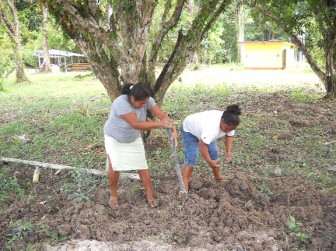
Fishing enthusiast Lloyd Fung-A-Fat said that he frequents the area to indulge his hobby. “This is a very beautiful area and I would always come here with my friends to fish,” he said, adding that it could be accessed in a matter of hours. “The beautiful thing about Rockstone is that you could leave Georgetown and come here, enjoy the community and go fishing and return home the same day.”
However, he expressed concerns about the pollution of the river by miners and challenged the tourism authority to look into the situation.
His concern was echoed by the President of the Tourism Association Donald Williams. Williams calls himself the “man of the river” since he frequently serves as the captain and tour guide for persons desirous of travelling the waterways. He said that he has been fighting a losing battle trying to educate miners about polluting the river, and is also calling for assistance in this regard.




